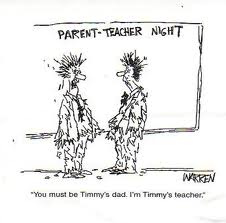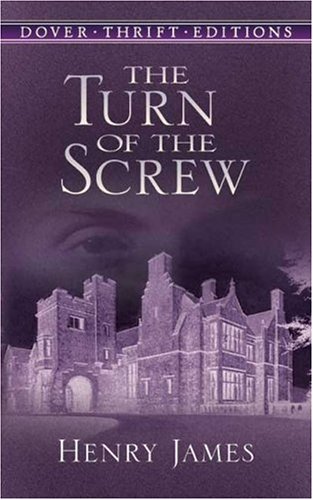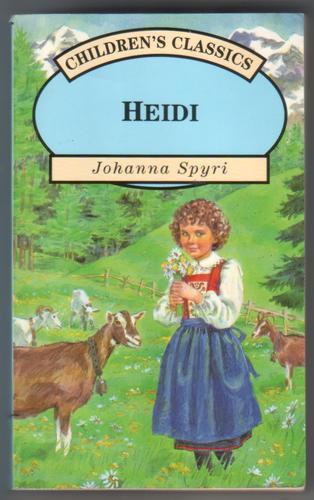1. Embassytown (China Miéville)
2. The Help (Kathryn Stockett)
3. An Imperfect Life (Rosemary Okun)
4. The Flying Creatures of Fra Angelico (Antonio Tabucchi)
5. The Shadow of the Wind (Carlos Ruiz Zafon)
6. Room (Emma Donoghue)
7. A Proper Place (Joan Lingard)
8. The Best Exotic Marigold Hotel (Deborah Moggach)
9. The Great Divorce (CS Lewis)
10. Falling Leaves (Adeline Yen Mah)
11. Don't Sleep, There Are Snakes (Daniel Everett)
12 and 13. The Etymologicon and the Horologicon (both by Mark Forsyth)
14. Major Pettigrew's Last Stand (Helen Simonson)
15. The Tragedy of Fidel Castro (Joao Cerqueira)
16. Incomplete and Utter History of Classical Music (Stephen Fry and Tim Lihoreau)
17. Food and Philosophy: Eat, Think and Be Merry (eds: Allhof/Monroe)
18. The Breakfast Bible (Seb Emina et al)
19. Let It Be (Chad Gayle)
20. What's Science Ever Done For Us? (Paul Halpern)
21. Chicken Soup for the Soul 20th Anniversary Edition (eds: Canfield, Hansen, Newmark)
22. Chicken Soup for the Soul: Teacher Tales (eds: Canfield, Hansen, Newmark)
23. The Perks of Being a Wallflower (Stephen Chbosky)
24. Heidi (Johanna Spyri)
25. We Are All Made of Glue (Marina Lewycka)
26. Things I Didn't Expect (Monica Dux)
27. The Marriage Plot (Jeffrey Eugenides)
28. Thank You, Jeeves! (PG Wodehouse)
29. Islamophilia (Douglas Murray)
30. The Rest is Noise (Alex Ross)
31. The Great Lover (Jill Dawson)
32. When God Was A Rabbit (Sarah Winman)
33. Great Days At Work (Suzanne Hazelton)
34. How To Survive Your First Year in Teaching (Sue Cowley)
35. The Diving-Bell and the Butterfly (Jean-Dominique Bauby)
36. O, What A Luxury! (Garrison Keillor)
37. Flowers for Algernon (Daniel Keyes)
38. The Flight of the Maidens (Jane Gardam)
39. Swimming and Flying (Mark Haddon)
40. The Growing Pains of Adrian Mole (Sue Townsend)
41. The Secret Diary of Adrian Mole (Sue Townsend)
42. The True Confessions of Adrian Albert Mole (Sue Townsend)
43. A Little Love Song (Michelle Magorian)
44. Love is a Mixtape (Rob Sheffield)
45. Beloved Stranger (Clare Boylan)
46. The Man Who Understood Women and other stories (Rosemary Friedman)
Surprised to have even reached 46 as I was sure it would be less! With rereads (which I don't count), it almost certainly would come to 50.
So what does this tell us about my reading habits (apart from the fact that I clearly a] spend too much time online/watching TV instead of reading, and b] that I really ought to read more in French given that I speak the language?!)?
- 46 books over one year roughly translates to one book every 8 days
- All of the books read were written in the 20th and 21st centuries
- Nearly 46% of the books I read in 2013 were written by female authors
- The longest book on the list was The Rest Is Noise at 214,000 words
- The shortest was Mark Haddon's Swimming and Flying at 7,564 words
Perhaps more importantly, which of these books did I actually enjoy the most? Statistically, this blog's readers chose Adrian Mole, with the posts on these books being the most popular of 2013. I agree that they are classics without doubt, with the first book in the series managing in particular to always raise a chuckle. The list of books that I read this year also showcases plenty of newer talent, with Kathryn Stockett, Emma Donoghue, and Carlos Ruiz Zafon being especially notable. Also not to be forgotten from earlier times are the classic comedies of PG Wodehouse and the philosophical musings of CS Lewis.
However, as you may recall, my focus in 2014 will be to read classics that as a former student of English literature (and current teacher of English language and literature) I really should have read by now. This challenge will be significant given that several of the books on the list are rather long, and especially so if my thesis that the classics offer even greater rewards than contemporary literature is proved correct. And with 50 on the list, I'd better get cracking - starting tomorrow with Victor Hugo's Les Misérables. News of your literary challenges also always make welcome reading - and you can be sure that you will hear of my own progress throughout the year.

















